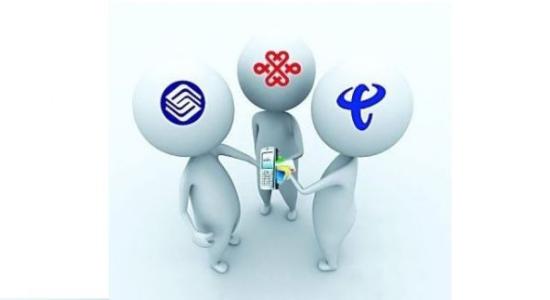The emergence of new wireless technologies, such as the Internet of Things, allows digitalizing new and diverse urban activities. Thus, wireless traffic grows in volume and complexity, making prediction, investment planning, and regulation increasingly difficult. This article characterizes urban wireless traffic evolution, supporting operators to drive mobile network evolution and policymakers to increase national and local competitiveness. We propose a holistic method that widens previous research scope, including new devices and the effect of policy from multiple government levels. We provide an analytical formulation that combines existing complementary methods on traffic evolution research and diverse data sources. Results for a centric area of Helsinki during 2020-2030 indicate that daily volumes increase, albeit a surprisingly large part of the traffic continues to be generated by smartphones. Machine traffic gains importance, driven by surveillance video cameras and connected cars. While camera traffic is sensitive to law enforcement policies and data regulation, car traffic is less affected by transport electrification policy. High-priority traffic remains small, even under encouraging autonomous vehicle policies. We suggest that 5G small cells might be needed around 2025, albeit the utilization of novel radio technology and additional mid-band spectrum could delay this need until 2029. We argue that mobile network operators inevitably need to cooperate in constructing a single, shared small cell network to mitigate the high deployment costs of massively deploying small cells. We also provide guidance to local and national policymakers for IoT-enabled competitive gains via the mitigation of five bottlenecks. For example, local monopolies for mmWave connectivity should be facilitated on space-limited urban furniture or risk an eventual capacity crunch, slowing down digitalization.
翻译:暂无翻译





